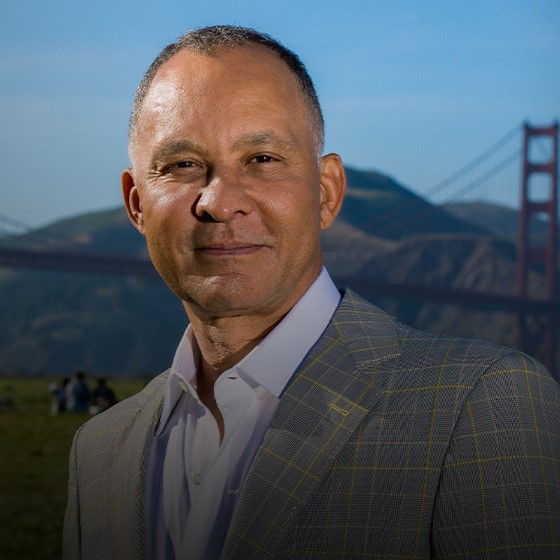Gynecomastia is frequent during three phases in the age distribution curve: the neonatal period, pubertal period and adulthood. Affecting nearly 70 percent of adolescent boys and 65 percent of middle-aged and older men, man-boobs gynecomastia is a common medical condition referring to the occurrence of enlarged glandular tissues. Adult men who are typically diagnosed with gynecomastia may experience swollen enlarged male breasts, chest tenderness, fibrous tissue beneath the nipples (in one or both breasts).
What are the causes?
Man-boobs gynecomastia often happens due to hormonal imbalance. Triggered by different factors, breast tissue can develop when a man’s testosterone level decrease and estrogen level increase. Age and massive weight loss are also commonly linked to gynecomastia.
Another cause is the use of medication, which results in 10 to 25 percent of such cases. This is commonly seen in bodybuilders, where anabolic steroids are commonly used to improve athletic performance and build muscles. This results in a chemical reaction where the anabolic steroids convert to estrogen-like (female-like) compounds. Using anabolic steroids may also reduce the average testosterone production, leading to hormonal imbalances that can stimulate the development of female-like breast tissue.
Continuous use will cause glandular tissue to develop, and unfortunately, once this tissue is formed, it is irreversible even if the steroids are stopped completely.
WILL EXERCISE CUT IT?
Unfortunately, it is not possible to get rid of gynecomastia just from working out. Most of the time, no amount of exercise or healthy eating can eradicate excess glandular tissue. In fact, many men have reported that as they lose the weight, the condition actually looks worse because the fatty tissue around the gland shrinks and the gland subsequently stands out more, making the flab more prominent than before.
IS THERE A SOLUTION?
The predominant way to treat man-boobs gynecomastia is through gynecomastia surgery. Depending on the clinical condition of the patient, the doctor will perform glandular tissue excision and liposuction to completely remove the enlarged glandular tissue and excess fat. The aim is to permanently remove the tissue and sculpt the chest area for a more defined physique.
Performed under local anesthesia in under two hours, patients can return home and resume normal activities within two to three days. Post-treatment, the area may feel sore but most patients are able to manage the discomfort level. A compression garment is advised to be used for the next four to six weeks, and patients are to avoid all forms of heavy lifting, gym works such as bench presses, push-ups and water activities that may hinder the recovery process.


